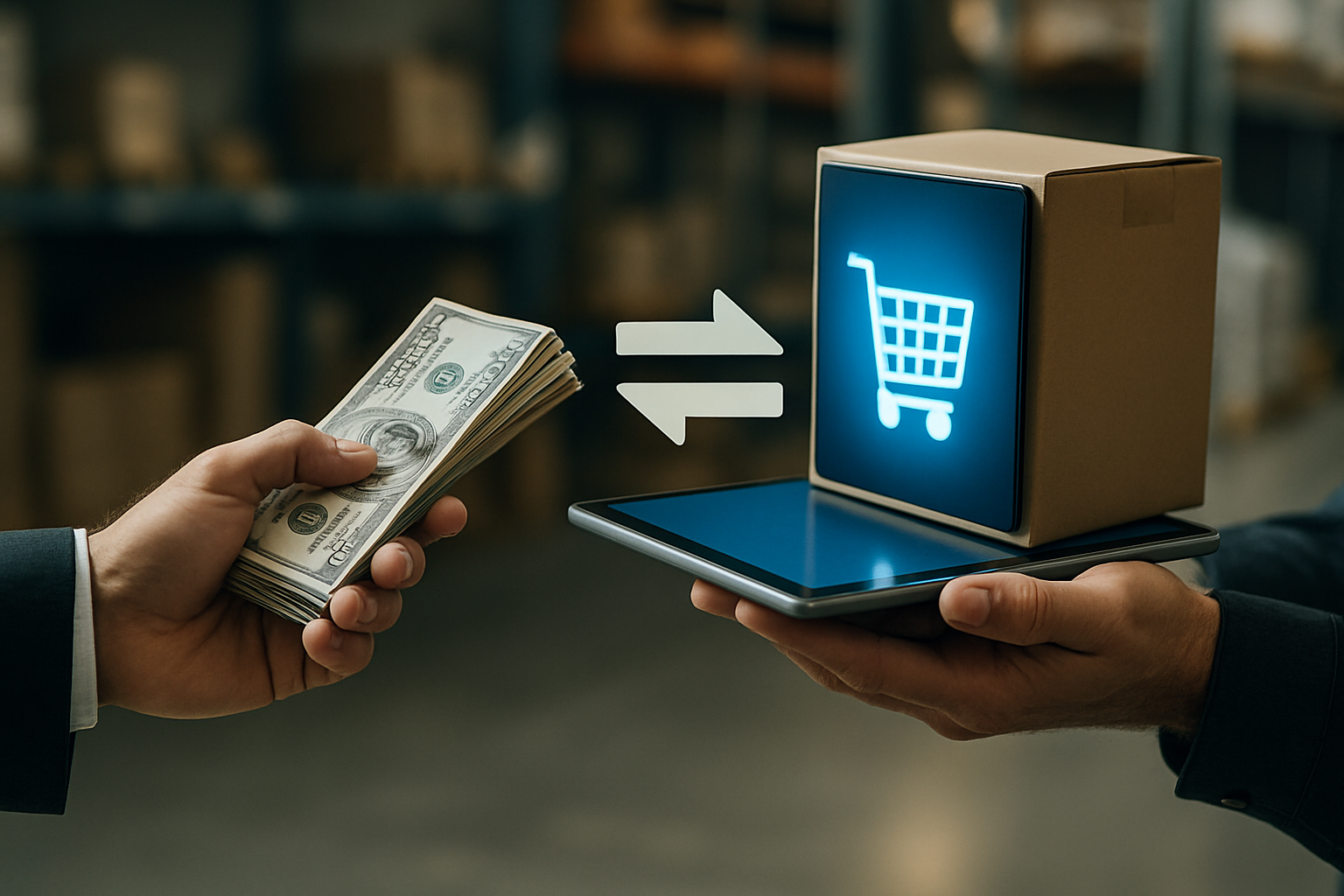Streamlining Checkout: Mobile Payments, BNPL, and Contactless Options
Checkout flows now hinge on payment choices such as mobile wallets, buy-now-pay-later (BNPL) services, and contactless methods. These options influence conversion, fraud risk, fulfillment timing, and returns processes across ecommerce, retail, marketplaces, thrift and consignment platforms, and subscription models worldwide. This article examines practical impacts and integration considerations for merchants and platforms.

A smooth checkout reduces abandoned carts, lowers support demand, and contributes to repeat purchase behavior. For merchants and platforms—from large marketplaces to thrift and consignment operations—payment options shape the customer journey and operational workflows. This article examines how mobile payments, BNPL, and contactless methods affect conversion, personalization, fulfillment, returns, analytics, and sustainability without sacrificing security or transparency.
ecommerce: How do payment options affect conversion?
Payment choices directly influence conversion rates. Mobile wallets and one-click flows remove form friction and speed up purchases on small screens, which helps marketplaces and curated platforms where discovery-to-purchase windows are short. For thrift and consignment sellers, fewer steps mean higher impulse buy rates for first-time customers; for subscription services, easier initial payments reduce signup drop-off. Properly instrumented analytics—tracking abandonment by payment method—reveals which options drive lift and where UX improvements are needed.
Having multiple options is useful, but each new method adds integration and testing overhead. Prioritize the payment methods your users actually prefer by geography and demographic segment, and roll out incrementally to monitor impact on conversion and fraud metrics.
payments: What role do mobile wallets and contactless play?
Mobile wallets and contactless payments focus on speed and security. Tokenization and biometric authentication reduce the need to transmit raw card data, lowering fraud exposure and simplifying PCI scope. In physical retail, NFC tap-to-pay and payment-enabled mobile apps shorten queues; in online and app-based commerce, wallets streamline address and payment entry. Merchants must reconcile tokenized transactions with backend order systems and ensure clear messaging about receipts and authorizations to avoid customer confusion.
Adopting these methods often requires updating POS hardware or mobile SDKs and validating that settlement and refund processes align with existing accounting systems.
personalization: Can checkout be tailored without adding friction?
Personalizing checkout means surfacing preferred payment methods, saved addresses, and tailored offers without creating cognitive load. Highlighting a user’s most-used wallet or an installment option can speed choices, but avoid burying essential controls behind aggressive personalization. For circular commerce, showing resale potential or estimated return value at checkout can influence purchase intent and post-purchase behavior. Analytics-driven experiments identify which personalized elements increase conversion while keeping the flow intuitive and transparent.
Respect for privacy and minimal data collection remain essential; each personalization should be justified by a clear user benefit.
fulfillment: How do payment choices influence fulfillment workflows?
Payment methods affect when fulfillment should begin. BNPL or deferred-payment arrangements may introduce verification steps or hold periods that delay shipment authorization. Marketplaces that escrow funds or delay payouts to sellers until returns windows close must coordinate inventory and fulfillment to prevent overselling. Clear internal rules—such as capture-on-shipment for preorders or immediate capture for shipped goods—ensure consistent customer expectations and reduce exceptions.
Operationally, integrating payment gateways with order management and carrier systems minimizes manual intervention and prevents payment-related dispatch delays.
returns: How do modern payments affect returns and disputes?
Returns processing intersects payment systems through refund timing and dispute resolution. Different networks and BNPL providers have distinct dispute lifecycles that affect merchant liability and cash flow. For resale platforms, where items often undergo inspection before refunding, communicating expected refund windows tied to the original payment method reduces support load. Offering customer-facing options like instant store credit versus original-method refunds can balance customer satisfaction with cash-flow needs, provided policies are clear and consistent.
Maintain close coordination between customer service, returns operations, and payments teams to resolve disputes efficiently and keep refund timelines predictable.
providers: Which real providers support these checkout options?
Below are commonly used providers across mobile wallets, contactless, BNPL, and payment processing for ecommerce and retail platforms. Each provider integrates differently and has distinct features useful for marketplaces, subscription services, thrift, and consignment sellers.
| Provider Name | Services Offered | Key Features/Benefits |
|---|---|---|
| Apple Pay | Mobile wallet, tokenized payments | Biometric auth, wide adoption on iOS, fast checkout on web and apps |
| Google Pay | Mobile wallet, tokenized payments | Cross-device support, address autofill, integration with Android devices |
| PayPal | Wallet, online checkout, QR/contactless options | Broad consumer trust, guest checkout, buyer/seller protections |
| Stripe | Payment processing, SDKs, terminal | Developer-friendly APIs, unified reporting, supports wallets and BNPL partners |
| Klarna | BNPL, installments | Flexible checkout options, merchant financing integrations, shopper-focused UX |
| Affirm | BNPL, installment payments | Transparent installment plans, merchant partnerships for larger purchases |
| Afterpay | BNPL, installments | Split-pay model popular in retail, strong presence in fashion and lifestyle segments |
Conclusion
Mobile wallets, contactless payments, and BNPL reduce specific frictions—authentication, physical payment handling, and upfront affordability respectively—but each introduces operational considerations around fulfillment, returns, and analytics. Merchants and platforms should prioritize the methods most relevant to their customers, ensure tight integrations with order and fulfillment systems, and use data to iterate. When implemented with clear communication and strong security, modern checkout options can improve conversion while supporting broader goals like personalization and sustainability.





